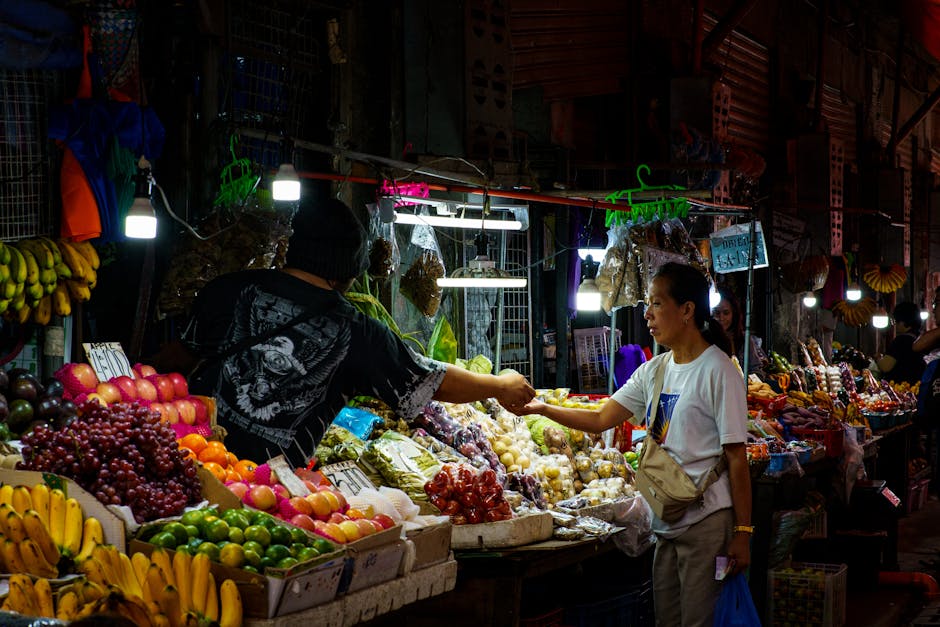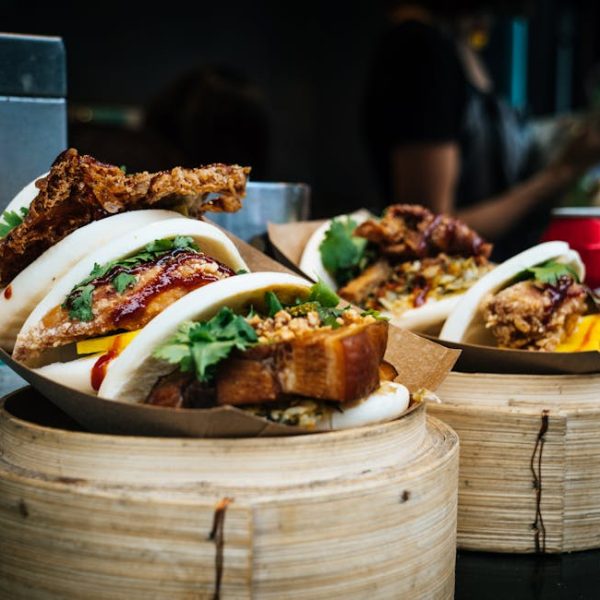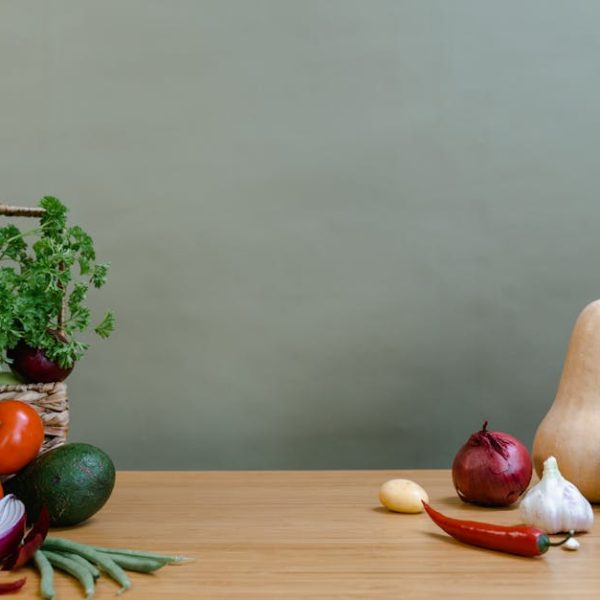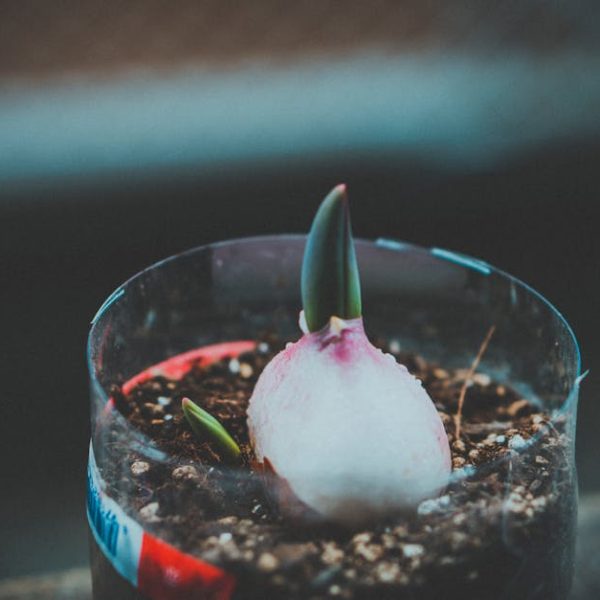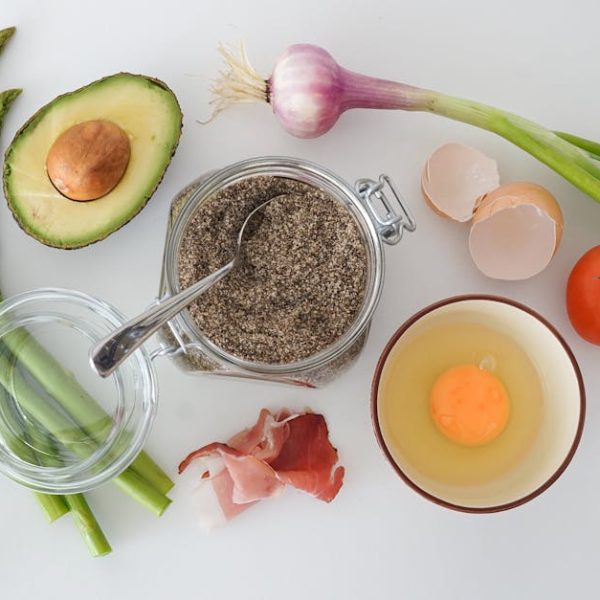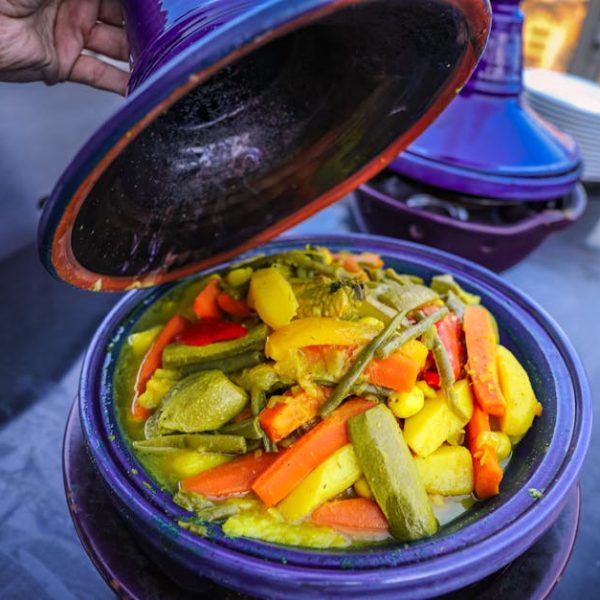When it comes to incorporating the zesty taste of banana peppers into off-season dishes, freezing can be a boon. Doing the preservation at home with the right tips and tricks can work marvelously and help maintain the natural flavor, maintaining color and nutritional value.
Preparing Banana Peppers for Freezing
Quality preservation begins right at the preparation step. First off, it’s essential to wash and dry the peppers thoroughly. The idea of deseeding depends on your personal preferences, however, removing seeds can minimize a bit of heat while freezing.
Essentials for prepping banana peppers include:
- A sharp knife and a cutting board
- A clean and dry dish towel
- Quality running water
- Pro Tip ! While washing, ensure you don’t remove the pepper skin as it helps retain essential flavors over freezing.
Now, which is better, washing the peppers under running water or soaking them in a water-vinegar solution? While both serve the purpose, the latter can play a handy role in removing pests and unobservable impurities.
Blanching Banana Peppers Before Freezing
Blanching is a preliminary heat treatment that deactivates enzymes, maintaining color and locking-in taste and nutrients. Should you decide to blanch, here is a checklist to guide you:
- Bring a large pot of water to a boil
- Place the peppers in the boiling water and blanch for about 2-3 minutes
- Immediately place them in icy water to halt the cooking process
Best Practice : Do not over-boil! Just heating them enough to deactivate the enzymes will suffice and avoid overcooking.
If you are considering skipping the blanching, keep in mind the contrast in effects: Non-blanching will quicken the loss of color, texture, and flavor during freezing.
Packing Banana Peppers for Freezing
Proper packing followed by immediate freezing will prevent frostburn. For this process, using freezer-safe bags or containers is crucial.
Suitable packing materials include:
- Freezer-safe plastic bags
- Vacuum seal bags
- Plastic tupperware containers
Pro Tip ! Space is a luxury in freezers. Pack your peppers tightly but do not deform them. Compress the bag manually to get rid of air bubbles that may result in freezer burn.
Freezing and Storing Banana Peppers
Once packed, the peppers are ready for freezing. Ideally, they should be stored at 0°F (-18°C) to prevent foodborne bacteria. These peppers can maintain top quality for about 8-12 months at zero degrees.
Remember to:
- Arrange the packages in a single layer in the freezer
- Avoid placing them near the freezer door
- Rotate older stock to the front
Best practice : Always label the storage date on your packs to keep track of their shelf life. Though the peppers will remain safe beyond these periods, their flavor and texture deteriorate overtime.
While both a fridge freezer or a deep freezer will work, deep freezers are better suited for longer-term storage, given their stable temperatures.
Stick around for the next section, where we discuss how to use these peppers in meals and present useful tips on handling thawed peppers.
Using Frozen Banana Peppers
Frozen banana peppers are a versatile ingredient that can add a splash of color and a pop of flavor to nearly any dish. They can be put into soups, stews, casseroles, salads, on pizzas, or even used as a garnish.
Popular recipes with frozen banana peppers include:
- Italian Beef with Banana Peppers
- Banana Pepper and Feta Pasta
- Roasted Banana Pepper and Tomato Soup
- Broccoli, Banana Pepper and Cheddar Quiche
Pro Tip ! You can use frozen banana peppers straight from the freezer, as they defrost quickly. If you choose to defrost before cooking, aim for a slow and low defrost in the refrigerator.
Should you use frozen banana peppers directly from the freezer or should you thaw them first? While both have their advantages, a direct use from the freezer is usually quicker and avoids the soggy texture thawing can occasionally cause. By skipping defrosting, you also prevent any nutrient loss that may occur in the process.
In Conclusion
Remember, the successful freezing of banana peppers relies on thorough cleaning, possible blanching, efficient packing, and correct freezing. With these best practices, you can enjoy the delightful spice of banana peppers off-season.
So, why wait? Get those banana peppers ready and prepare for a year-round burst of flavor!
Key Takeaway:
- Proper washing, drying and, if desired, deseeding is the first crucial step in preparing banana peppers for efficient freezing.
- Blanching banana peppers prior to freezing can help maintain their color, taste, and nutritional value. However, if not done correctly, it may lead to overcooking.
- The use of good quality freezer bags or containers and the appropriate packing technique can prevent frostburn, ensuring that the stored banana peppers remain in good condition.
- The ideal freezing temperature for banana peppers is 0°F (-18°C) and they can maintain top quality for about 8-12 months at this temperature.
- Frozen banana peppers can be used directly from the freezer or defrosted prior to use in a wide range of dishes, enhancing their flavor and providing a nutritious ingredient all year round.
By following these simple tips, you can preserve the delightful spice of banana peppers right at your home and enjoy their vibrant flavor even in the off-season. Remember, the key to freezing banana peppers effectively is in the preparation and storage process. With careful attention to each step, your frozen banana peppers can be a versatile addition to your culinary creations.
FAQs
Q: What happens if I don’t blanch banana peppers before freezing them?
A: Without blanching, banana peppers may lose some of their color, texture, and flavor more quickly during freezing. It’s an optional step, but it can help to preserve these qualities for a longer time.
Q: Can I use ordinary plastic bags for freezing banana peppers?
A: It is advisable to use freezer-safe bags or containers when freezing banana peppers. Ordinary plastic bags may not provide the needed protection against freezer burn.
Q: How do I defrost frozen banana peppers?
A: Frozen banana peppers can be defrosted slowly in the refrigerator. However, if you need to use them quickly, they can be added directly from the freezer to your cooking.
Q: What dishes can I prepare with frozen banana peppers?
A: Frozen banana peppers are a versatile ingredient that can be used in a wide range of dishes like soups, stews, casseroles, salads, pizzas, or even as a garnish for various dishes.
Q: For how long can I store frozen banana peppers?
A: When stored at the recommended freezing temperature, banana peppers can maintain top quality for about 8-12 months. However, they will still remain safe beyond this period; their flavor and texture might deteriorate over time.
Remember to share this informative article with others, enjoy exploring more posts on our website, and indulge in the thrilling world of food preservation!
